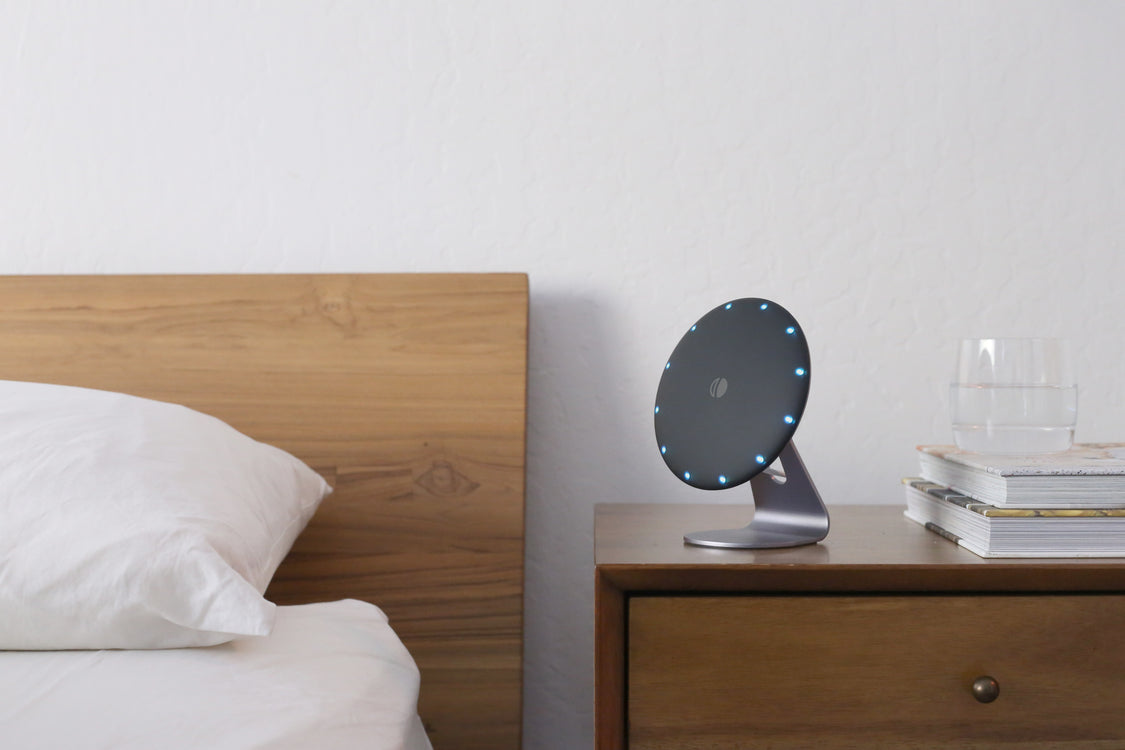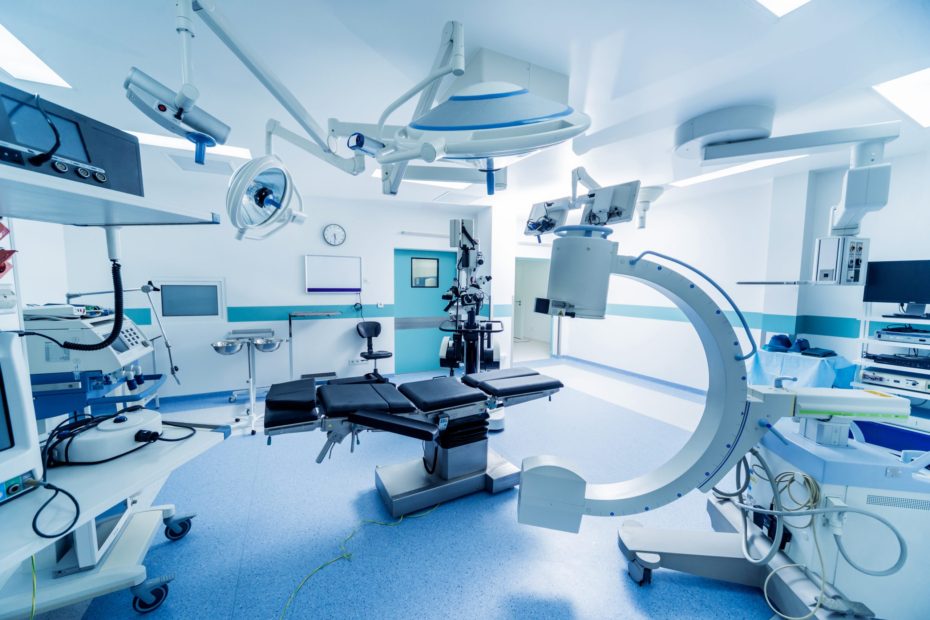Medical device companies are consistently evolving and bringing out cheaper, safer and better ways of solving unique health problems. Below is a list of seven such Medical Device companies that we believe will make a big difference in 2020 and the years to follow:



This Chicago-based company aims to improve healthcare by augmenting surgery with cutting edge technologies that solve unmet clinical needs and instill technological confidence in the surgical workflow. Its pioneering xvision system, the first augmented reality guidance system for surgery, allows surgeons to see the patient’s anatomy through skin and tissue as if they have “x-ray vision,” and to accurately guide instruments and implants during spine procedures.
Find out more about Augmedics by clicking here.
Grapheal develops wearable & disposable sensors that enable continuous monitoring and diagnosis, in particular for wound care. They empower caregivers with an improved and individualized assessment tool for precision medicine. Grapheal devices are based on Graphene, an innovative material that has been touted as the “miracle material” of the 21st Century.



Graphene forms an ultra-thin layer (one atom thick) of pure crystalline carbon. Graphene sits at the border between inorganic (think microelectronics) and organic (think biology) worlds. It efficiently bridges these two fields which usually exclude each other, creating a “bio-electronics” platform capable of sensing & digitizing biochemical signals right where they occur.
Find out more about Grapheal by clicking here.
ABLE is a Barcelona-based start-up developing robotic exoskeletons to improve the quality of life of people with disabilities. ABLE is the first lightweight, easy-to-use, and affordable exoskeleton for people with lower-limb paralysis, that restores the ability to walk naturally and intuitively. It helps in palliating health issues caused by a sedentary lifestyle while boosting self-confidence and independence. In only 3 years, it went from an idea to a functional prototype successfully tested in subjects with spinal cord injury.
Find out more about ABLE by clicking here.
Microsure is a medical device company located in Eindhoven (Netherlands) founded by Eindhoven University of Technology and Maastricht University Medical Center in 2016. The company focuses on improving patient’s lives through developing robot systems for microsurgery. Microsure’s microsurgery robot platform is called MUSA.



MUSA is the world’s first clinically available CE-certified surgical robot for microsurgery. It scales down motion seamlessly and filters out tremors to keep a steady hand at any time throughout every microsurgical procedure. MUSA can be controlled via joysticks while working in an ergonomically comfortable position which allows better posture, solving issues related to pain and fatigue.
Find out more about Microsure by clicking here.



Perfectly embedded in the system’s patented overhead surgical light, the 7D Surgical System imaging, and structured light technology eliminates line-of-sight frustrations and is controlled by the surgeon using a convenient foot pedal for increased visual focus. Machine vision uses a light source, camera technology, computational hardware, and software algorithms to create images that can be analyzed and processed. By applying machine vision technology to IGS, 7D Surgical has advanced surgical navigation with the first and only Machine-vision Image Guided Surgery (MvIGS) system.
Find out more about 7D Surgical by clicking here.



The NEURESCUE device is the first computer-aided aortic occlusion catheter, with intelligent safety feedback and pressure-limited filling. The balloon catheter is inserted into a blood vessel in the femoral artery to redistribute the blood flow generated by chest compression to the central circulation. The device is designed with as few user steps as possible, built-in feedback, and a high safety profile.
Find out more about Neurescue by clicking here.
The company’s Circadia C100 Contactless Device (C100) detects a patient’s respiratory rate and sends notifications when respiratory rate values deviate from normal bands with medical-grade accuracy. The radar can sense respiratory failure in patients up to 4 feet away and is meant to be an improvement over the manual method of measuring respiratory rate in which nursing staff visually count breaths per minute.



Also, the FDA issued expedited clearance for Circadia’s contactless respiration rate (CResp) due to the demands created by COVID-19.
Find out more about Circadia by clicking here.
If you have a passion for writing and would like to see your blog published on Biomedical Times, check our Guest Blog Invitation for additional details.
